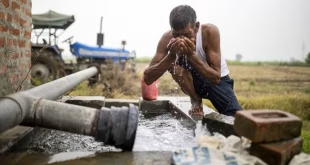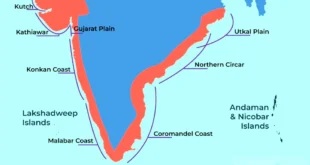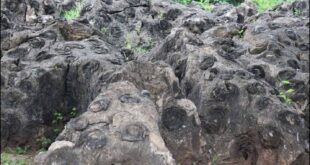Recently, the Meghalaya Government has claimed that a detoxing pilot project has brought the Lukha river back from the dead.
Important points:
- The Lukha River was considered toxic beyond redemption a decade ago owing to contamination due to acid mine drainage and run-off from the coal mines
- Phytoremediation method was used to detoxify the river, where Algae was used to remove major toxic contents from the water.
- The pilot project was undertaken under the District Mineral Fund after reports of low pH levels affecting the aquatic life in the river.
- Most living organisms, especially aquatic life, function at the optimal pH range of 6.5 to 8.5.
- pH is a measure of how acidic/basic water is. The range goes from 0 to 14, with 7 being neutral. pHs of less than 7 indicate acidity, whereas a pH of greater than 7 indicates a base. The pH of water is a very important measurement concerning water quality.
Lukha River:
- The Lukha is located in the southern part of east Jaintia Hills of Meghalaya where most of Meghalaya’s rat-hole coal mines are located.
- It has become a victim of the unsustainable large-scale mining of coal and limestone, allegedly responsible for the pollution that turns the river its surreal winter hue.
- It receives water from the Lunar river (Wah Lunar) and small streams draining from the Narpuh Reserve Forest and the undulating hills of the area while flowing down.
- The river is mainly fed by monsoon rain and flows in the south-west direction and later takes a southern path after joining the Lunar river near the Gaddum village.
- The river passes via the Sonapur village and then into southern Assam’s Barak Valley and ends up in the floodplains of Bangladesh.
SOURCE: THE HINDU,THE ECONOMIC TIMES,MINT
 Chinmaya IAS Academy – Current Affairs Chinmaya IAS Academy – Current Affairs
Chinmaya IAS Academy – Current Affairs Chinmaya IAS Academy – Current Affairs



